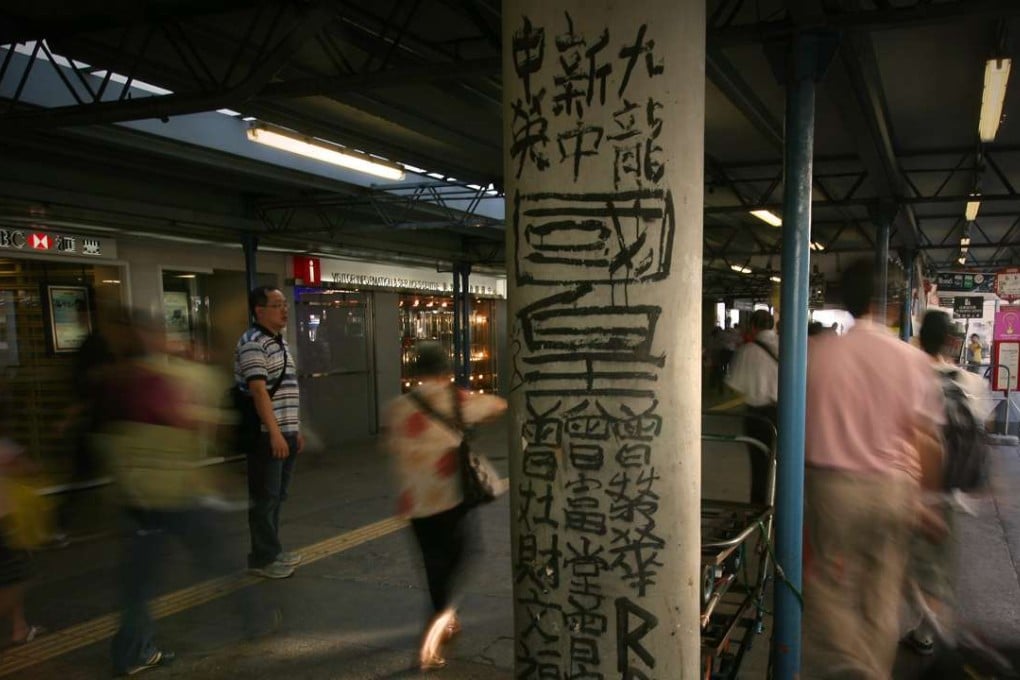Why graffiti has never taken off in oh-so-law-abiding Hong Kong
Graffiti artists are few and far between in Hong Kong. ‘Taggers’ say it hasn’t caught on because of young people’s eclectic tastes, the heavy hand of teachers and a desire not to break the law

Walk down any alleyway in New York, London, Los Angeles, or Sydney and you’re surrounded by layers of graffiti, sprayed all shades of the rebellious rainbow. Creating each one of them was technically a crime, but as hip hop and “street style” become mainstream in pop culture, these illegal artistic expressions have become accepted by many in society.
Still going strong is plumber Yim Chiu-tong, better known as Kui Wong (Cantonese for “King of Sewers”), whose hand-painted advertisements for his services can be seen on pavement kerbs and lamp posts from Wan Chai to Lai Chi Kok. Then there are street art festivals such as HKwalls, which recently held its third event – adding several new murals to the streets of Sham Shui Po.
Tsang’s work aside, these all have commercial interests at heart – Yim is looking for more customers, and HKwalls is backed by shoe company Vans – which is just about the opposite of everything graffiti stands for.
While there are examples of graffiti going as far back as ancient Egypt and Rome, the contemporary version dates to the 1970s, when it flourished as part of the hip-hop subculture in African-American neighbourhoods in New York.

MC Yan (Chan Kwong-yan), seminal Hong Kong rapper and a friend of Brathwaite’s, says graffiti was developed as a voice for the oppressed. However, he says, “what we see in Hong Kong [today] is not graffiti, but commercialised projects”.